-
1Step 1
Begin by finding a case preferably that screws closed, with two halves or a top lid. Make sure to measure how much space is needed to fit all of your electronics and wires.
I chose a case I received from Pac-Tec. They sell durable cases for building portable electronic devices.![]()
-
2Step 2
The few necessary components we put inside the case to make the raspberry pi become a portable computer are:
- Raspberry Pi B+
- A portable battery charger
- 5" HDMI lcd
- PiCam (optional)
Other parts include:
- Two-way switches (for power and lcd brightness)
- HDMI cable (I purchased a m/f cable with a right angled male end to fit easily in case, then cut the female end off and soldered a new male connector on. You could also solder wires directly from the pins on both the RPi and LCD).
- Micro USB cables or wires to connect the RPi to Lipo circuit, and then to charge port on unit.
- Female Micro USB port (to affix inside casing for charging unit).
- Plastic Epoxy and glue (for mounting switches and parts.)
-
3Step 3
Time to dummy everything inside the case an mark where you need to cut for screen, power switch, charge port, headphone jack, camera, and GPIO/USB/Ethernet on Pi.
I cut the holes for the screen and inputs by hand with an x-acto knife so I could be careful to not cut away too much plastic. This is very tedious and I do not recommend it unless you are a perfectionist freak like me. It will destroy your hands and rot your mind. :P
Use a dremel or laser cut it all for simplicity. I used a small drill to do other circular holes 'n stuff.
![]()
-
4Step 4
After sanding the case down and cleaning all excess dust and plastic, I used a PPS cup gun to spray Hi-Build Polyurethane primer over both halves.
I put the case back together and sanded in between coats. The product is from the Italian coating company ILVA. Very good stuff. Powdered so nicely. We will get back to the case shortly.![]()
-
5Step 5
Now let's talk about the actual electronic components. This will be fun. :)
First off, power is needed to run the whole device. I bought a 8000mah usb power bank online. With both 1 amp and 2 amp outputs, It was perfect to power everything.
![]()
It was quite thin being only one large cell. I scored BIG TIME Ricky! IT fit perfectly in the case with room to spare.
![]()
![]()
-
6Step 6
Now you need a screen and the cords to connect everything. I purchased an Adafruit 5" TFT backpack with touch, along with some usb connectors and a right angled hdmi cable that I hacked up and soldered a new end on one side while shortening the cable as well.
![]()
![]()
I had to cut the hdmi cable to shorten it and attach a new male end so that it would fit inside the case when plugged into the screen.![]()
That's a lot of wires. CURSE YOU HIGH DEF VIDEO!!!!!!!!!!!!!!!!!!!!!!!!! worth it tho.![]()
-
7Step 7
Time to connect everything USB.
I made a few micro usb cables to connect to the Pi and the screen.
![]()
![]()
Then, already having a RPi B+, I removed one of the dual usb ports from the board and attached a new single usb port.
![]() Then I soldered a micro usb plug to the pins on the Pi's free USB port to power the screen.
Then I soldered a micro usb plug to the pins on the Pi's free USB port to power the screen. -
8Step 8
Next is to solder the 3.5mm headphone jack to the Pi so it can be extended to the casing of the portable. Also solder your portable battery pack to the micro usb input for power on the RPi.
![]()
(Running some tests and checking to make sure everything works before final soldering and case fitting.)
-
9Step 9
Finally I could fit everything together inside the case. But not before finishing the topcoat polyurethane coating. Raspberry Red on the front, matte slate gray on the back.
![]()
I had to loop some wires inside the case and glue down the ports to the inner walls. It may be a bit messy, but it is sturdy and leaves room for air flow.
![]() I attached the Picam to the back of the case with circuit board mounts and glue.
I attached the Picam to the back of the case with circuit board mounts and glue.![]()
-
10Step 10
Now it's time to test all the functions out and make sure everything is up to date in Raspbian! IT WORKS! WhooHoo! I hope your creation comes alive as well! Time to get to work.
![]()
Thanks for checking out this simple tutorial on how to easily make your own Handheld Linux Computer! Don't forget to comment and give this project a skull! Viva PiP!!!
PiP: Raspberry Pi Portable Slate Computer
This is PiP, the portable raspberry pi computer. It runs off of batteries and can do anything a linux pc can and more! No floppys required.
 Elliot Goofe
Elliot Goofe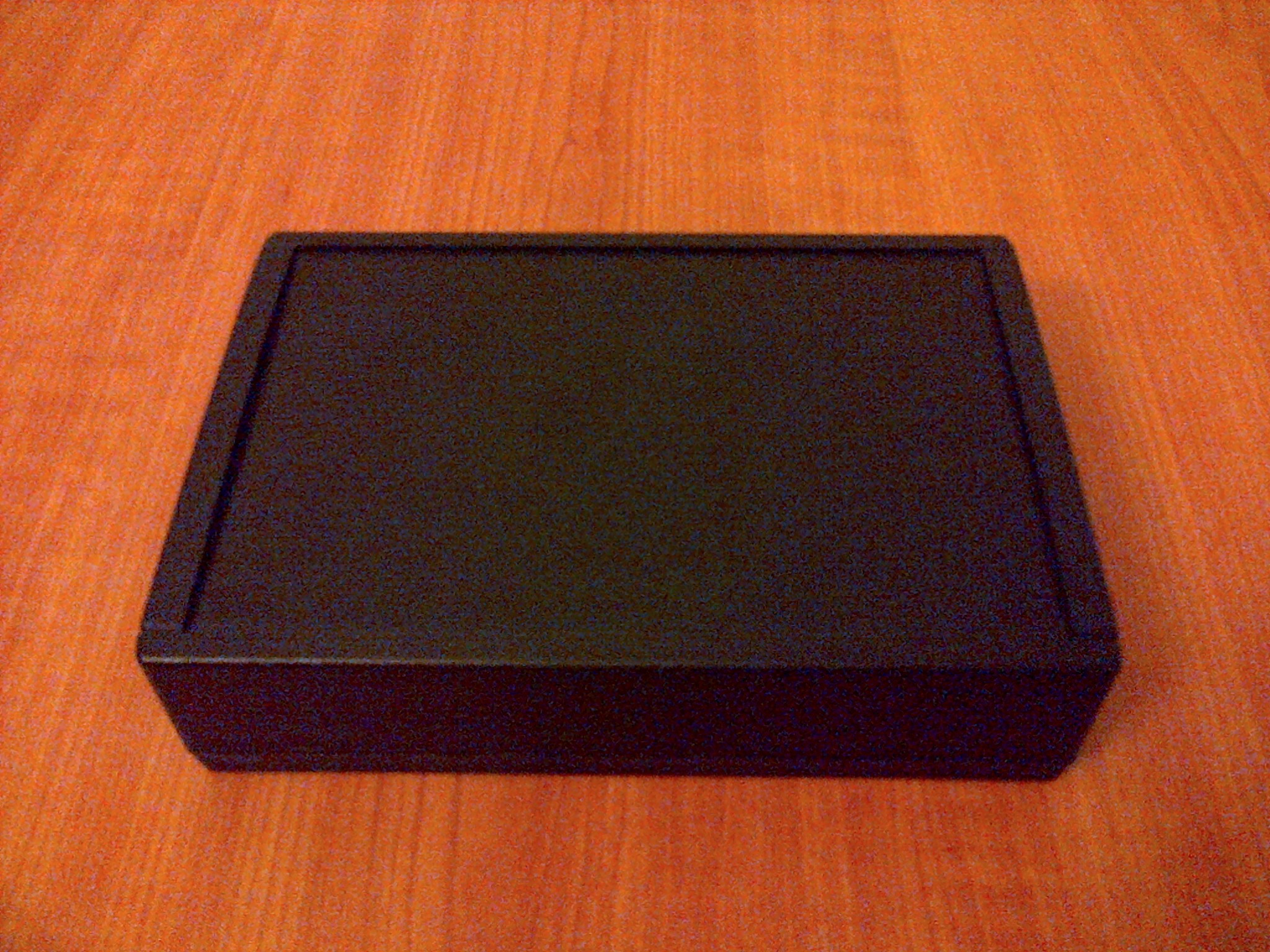
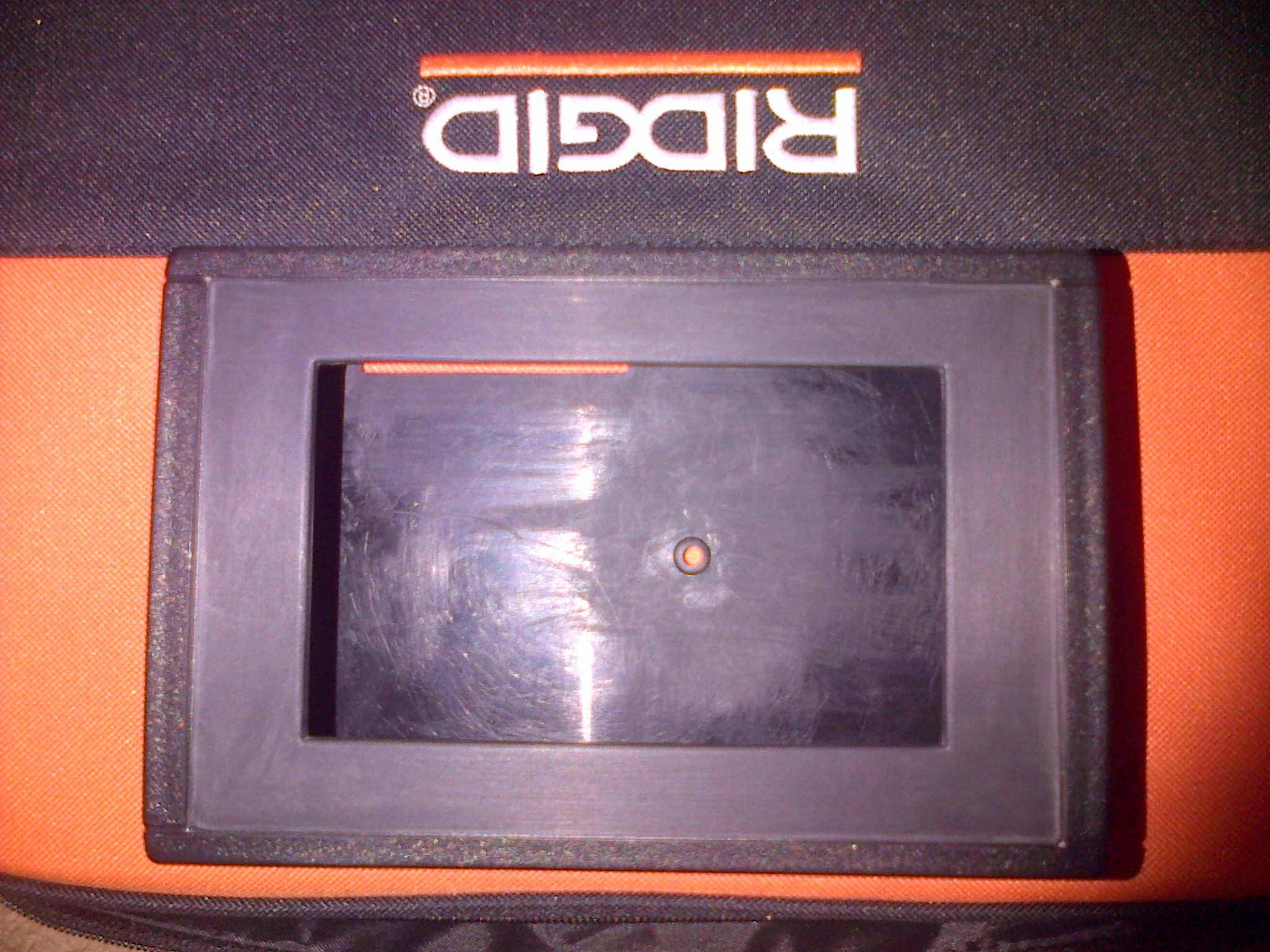
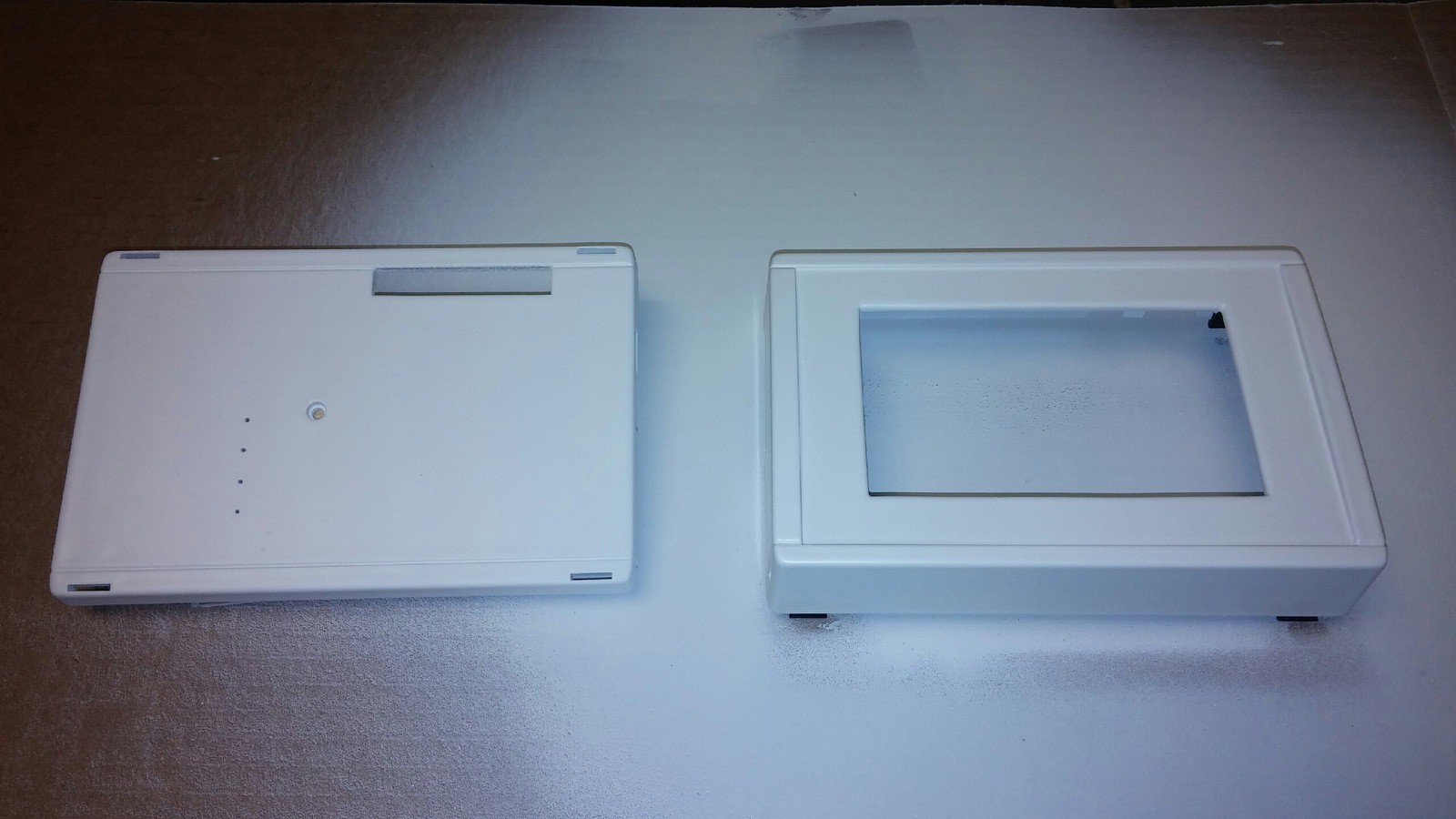
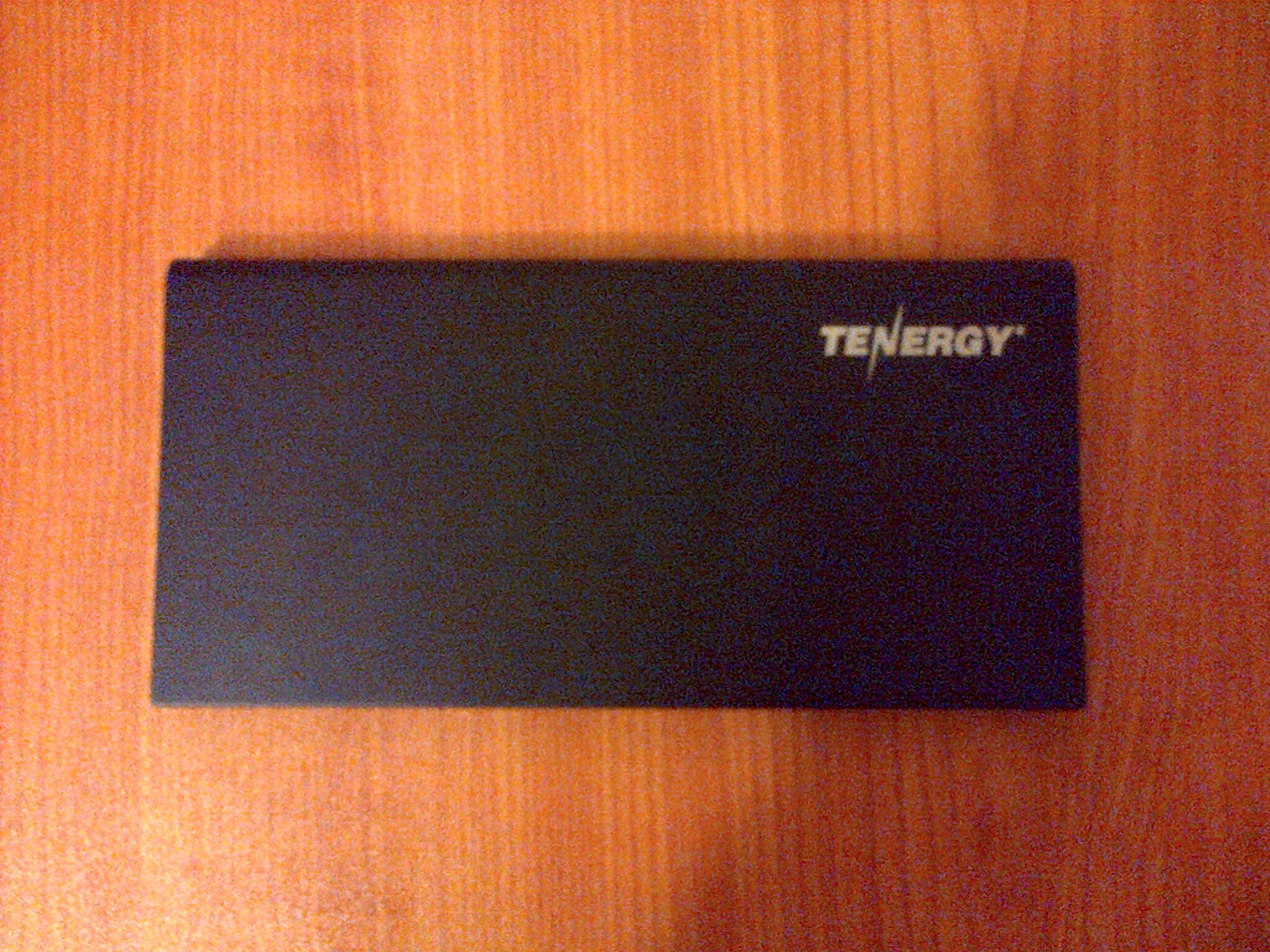
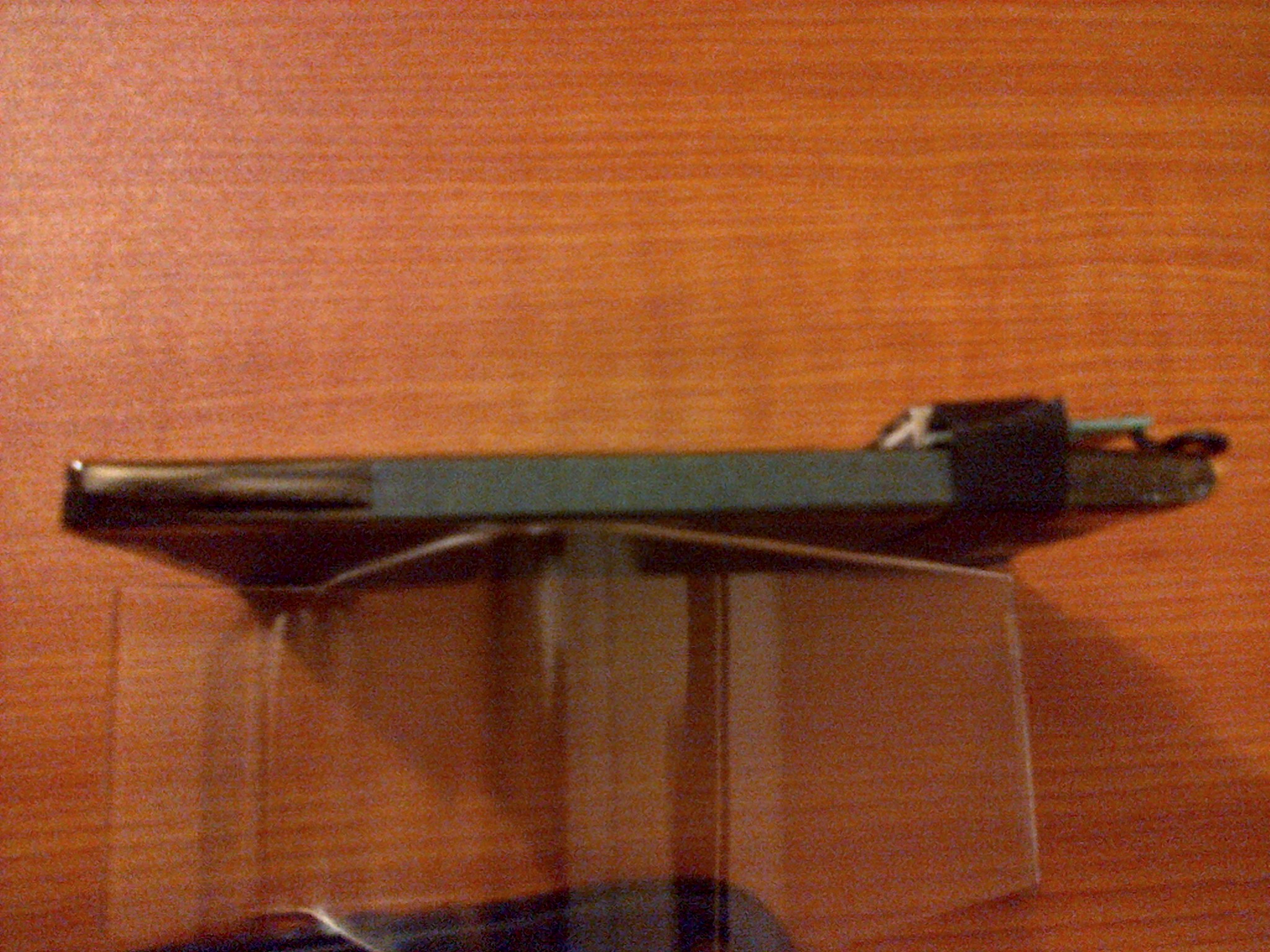
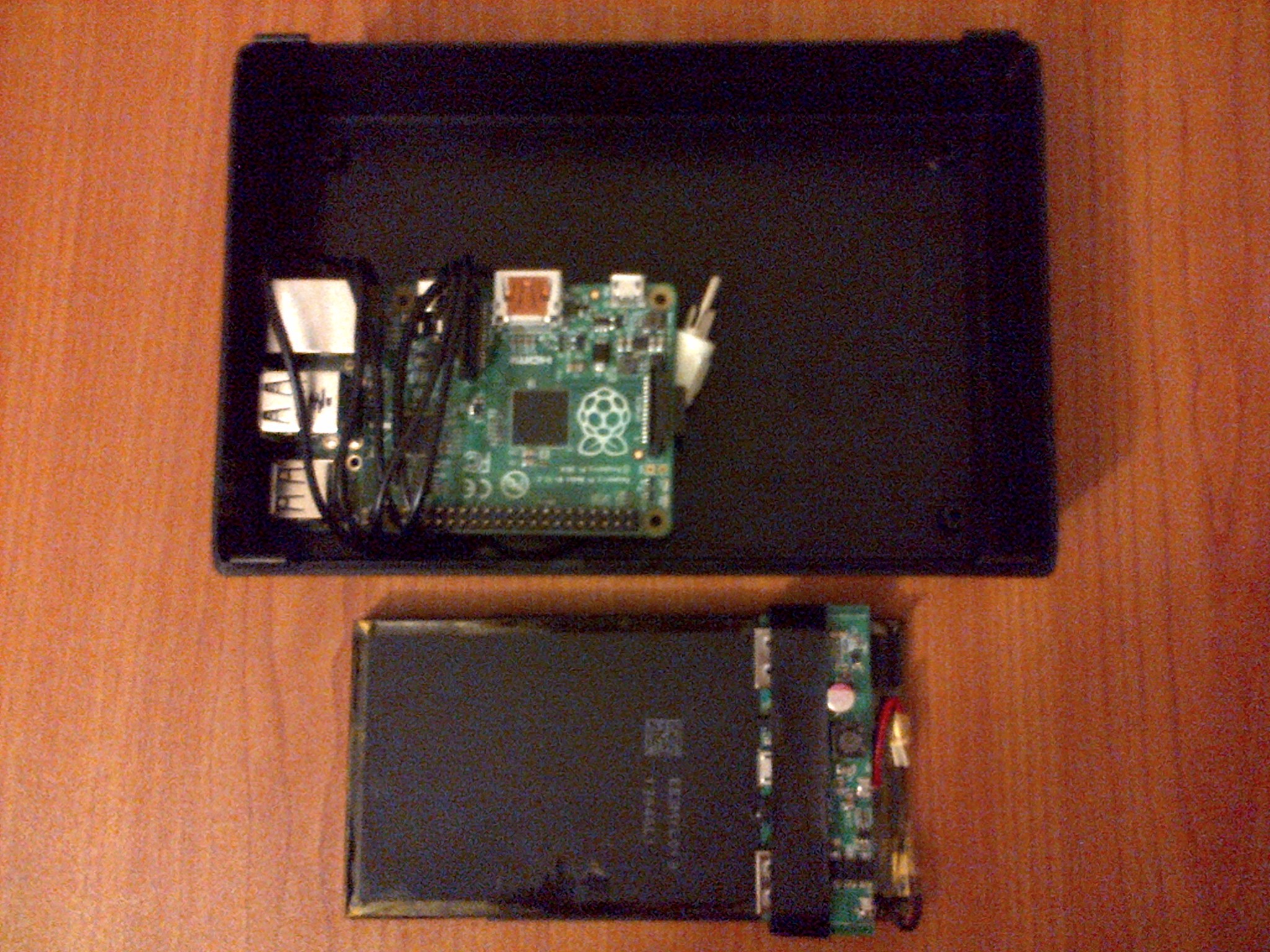
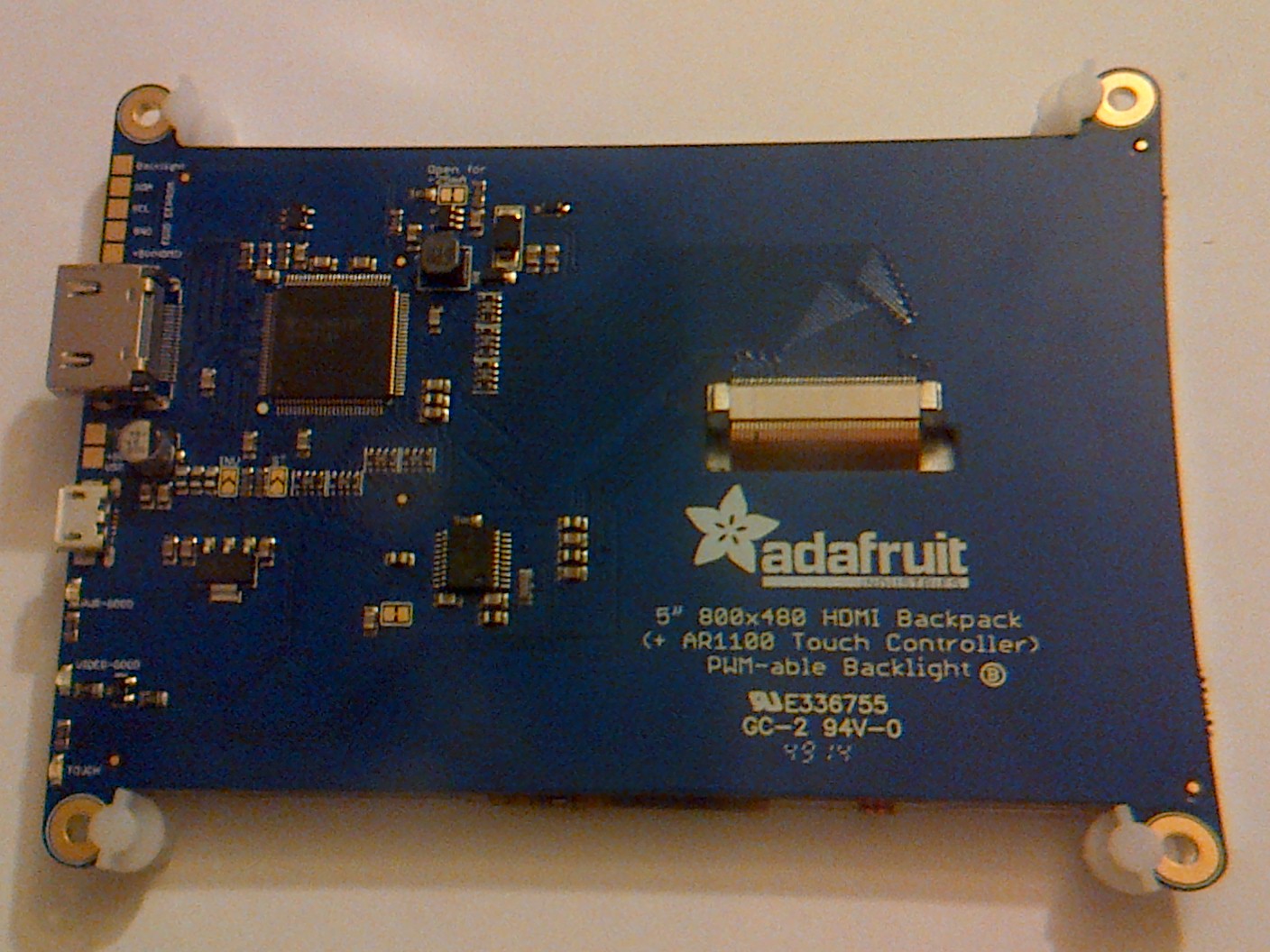
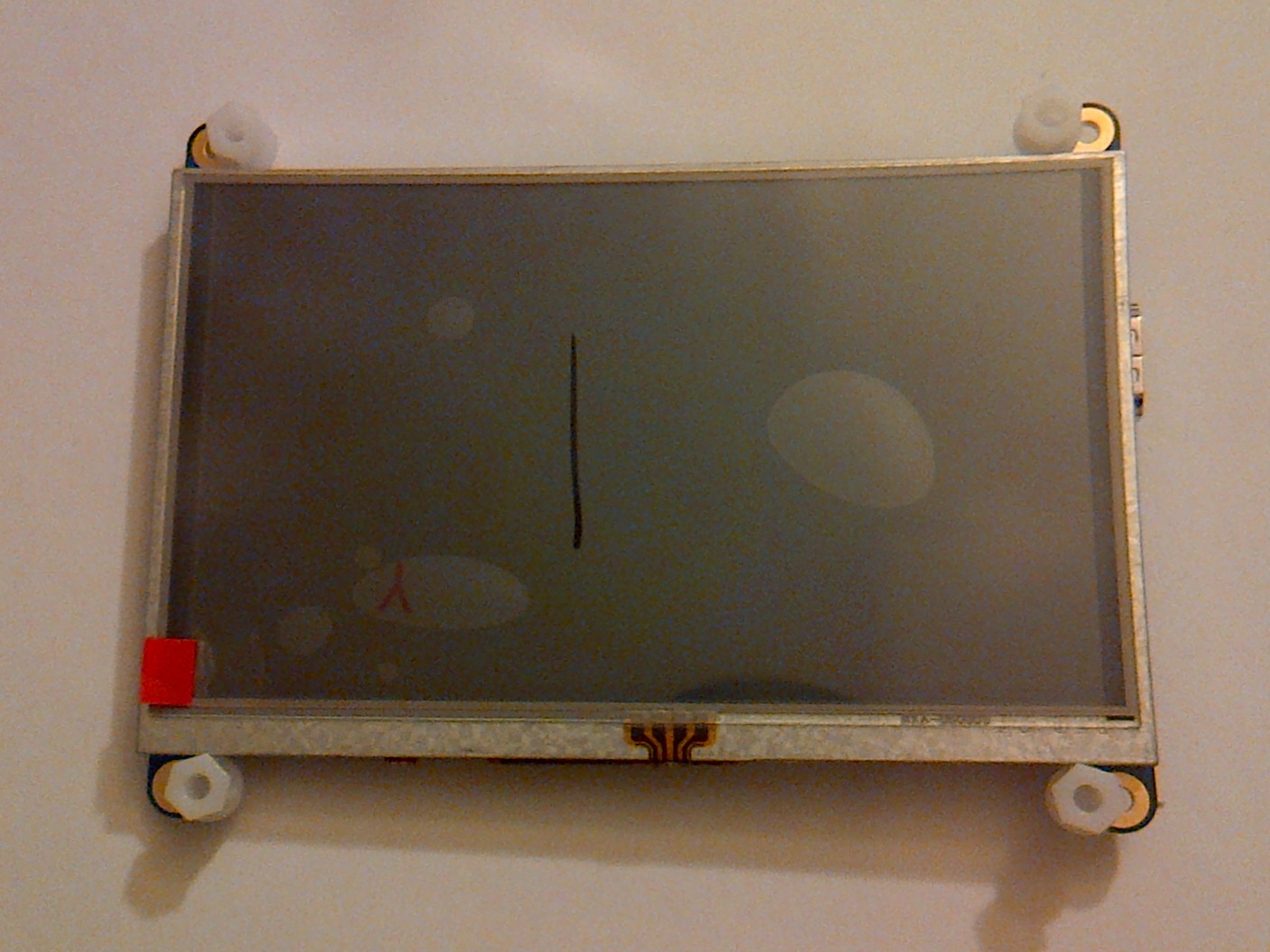
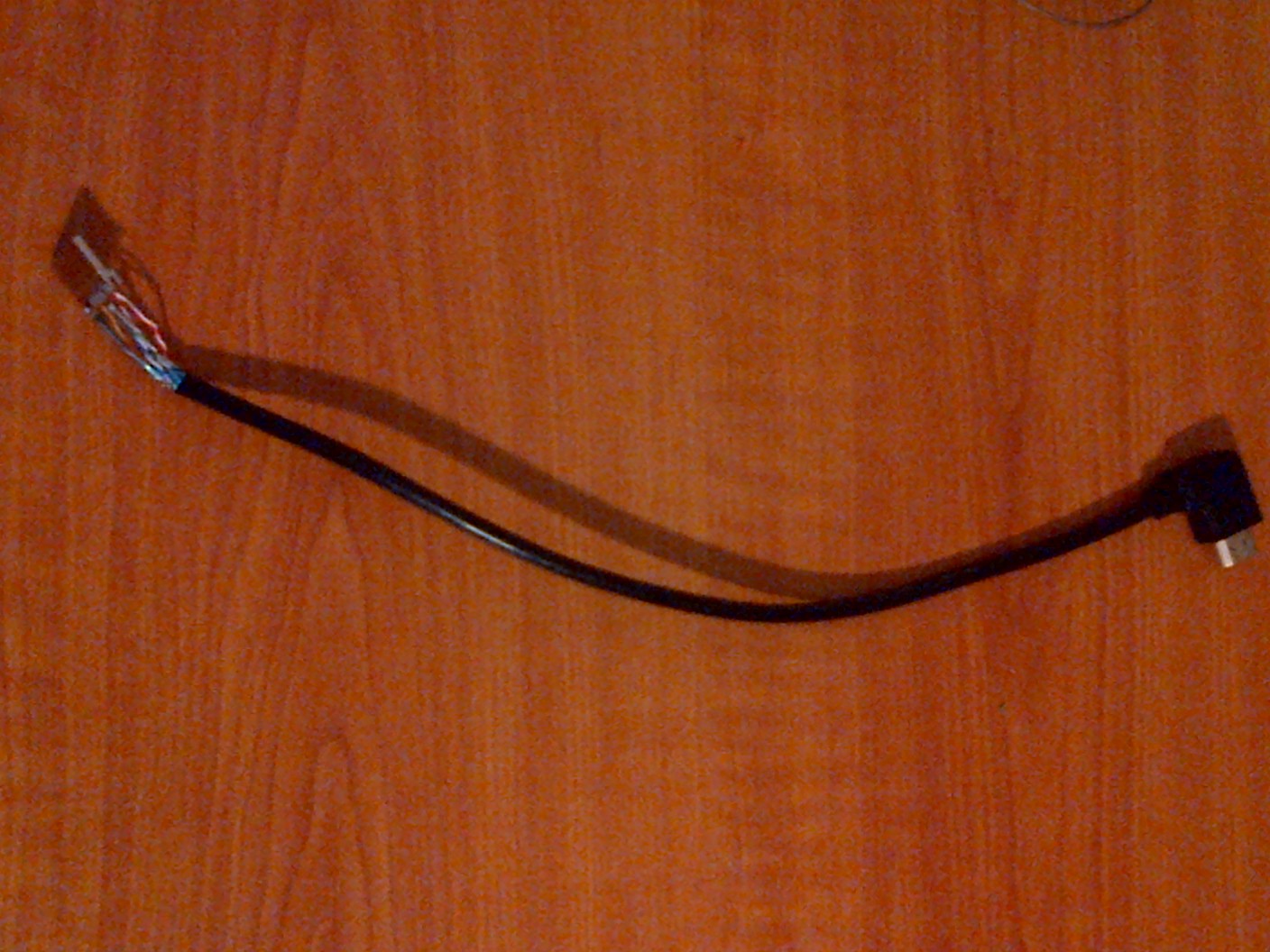
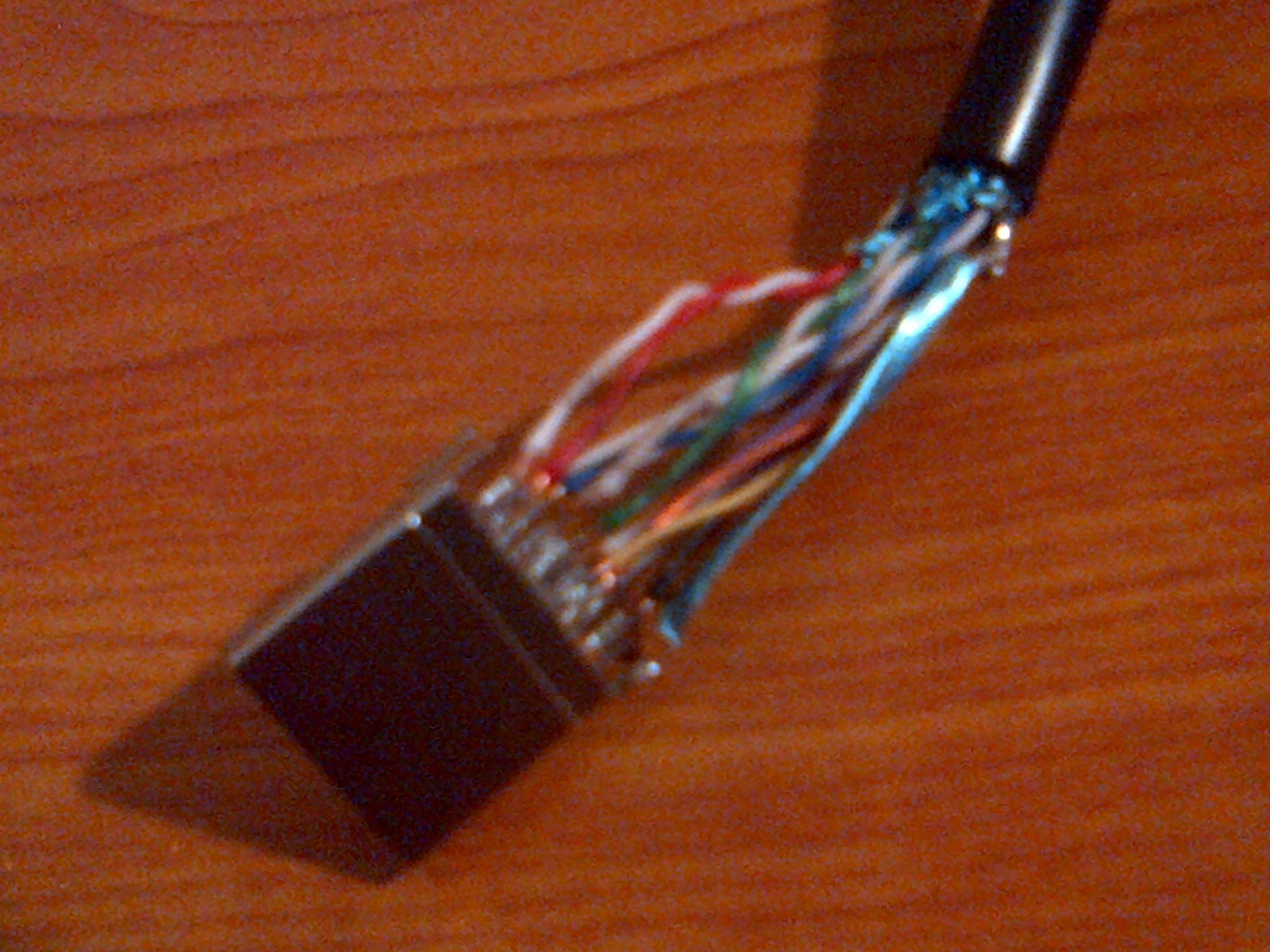
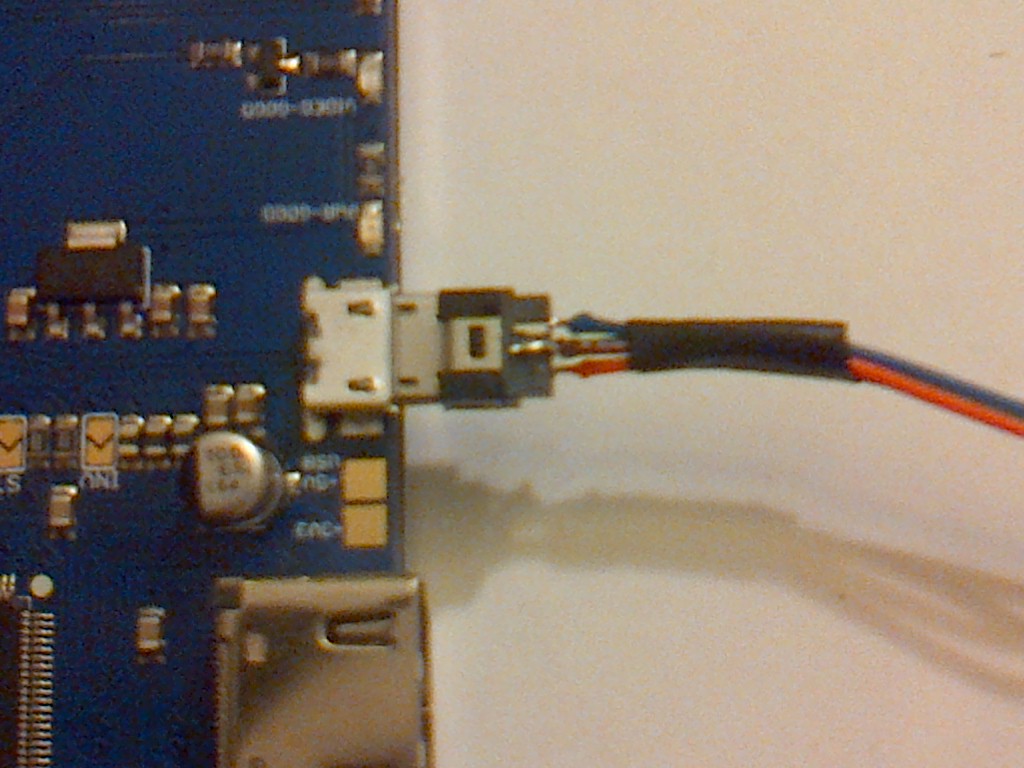
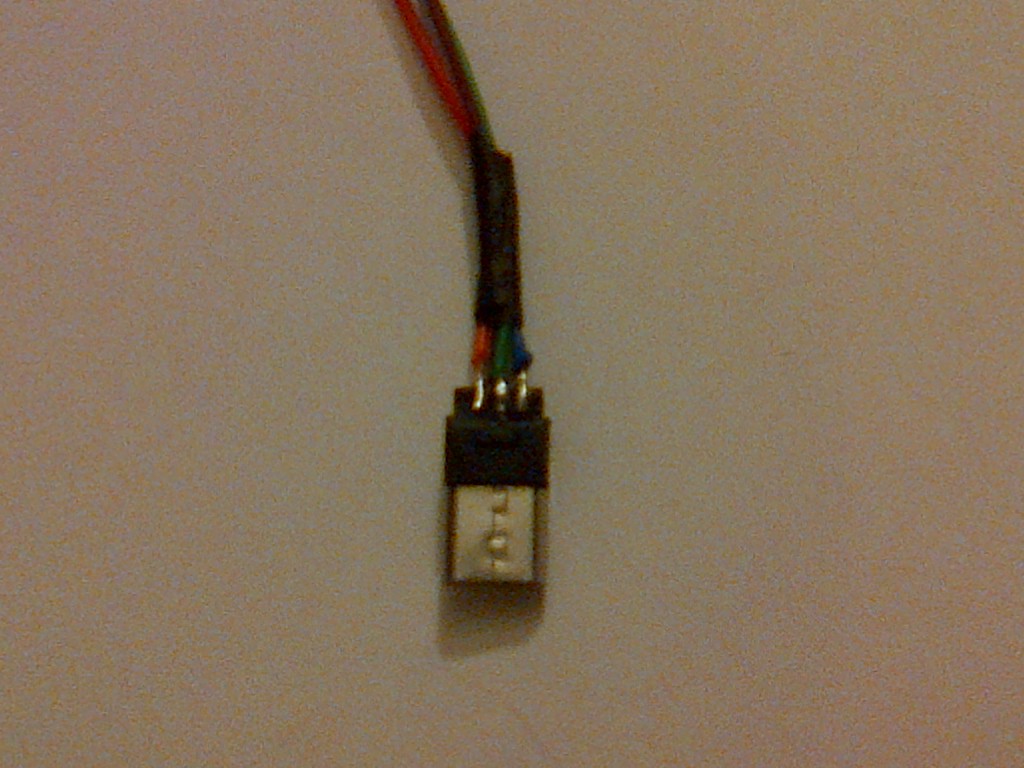
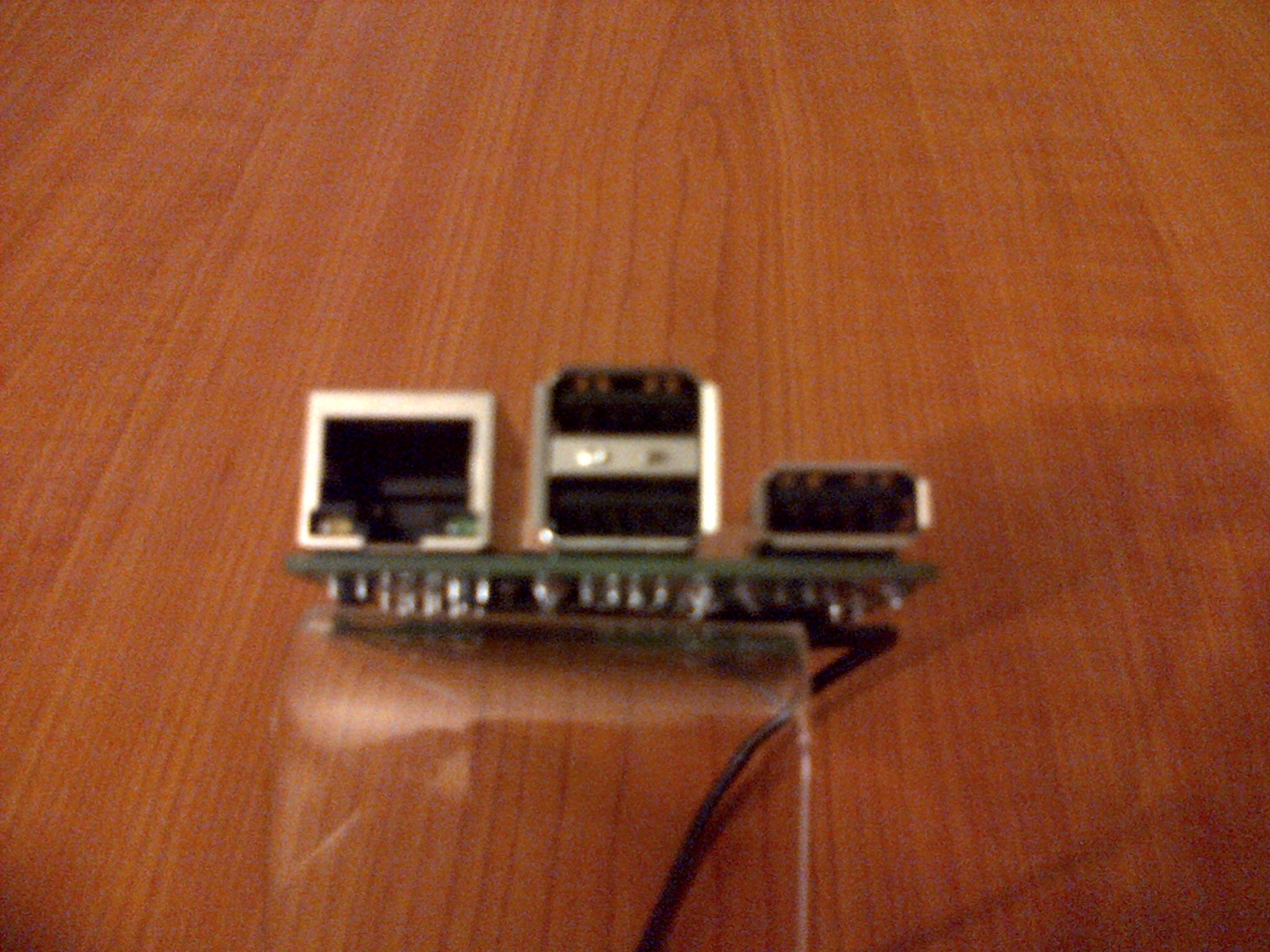
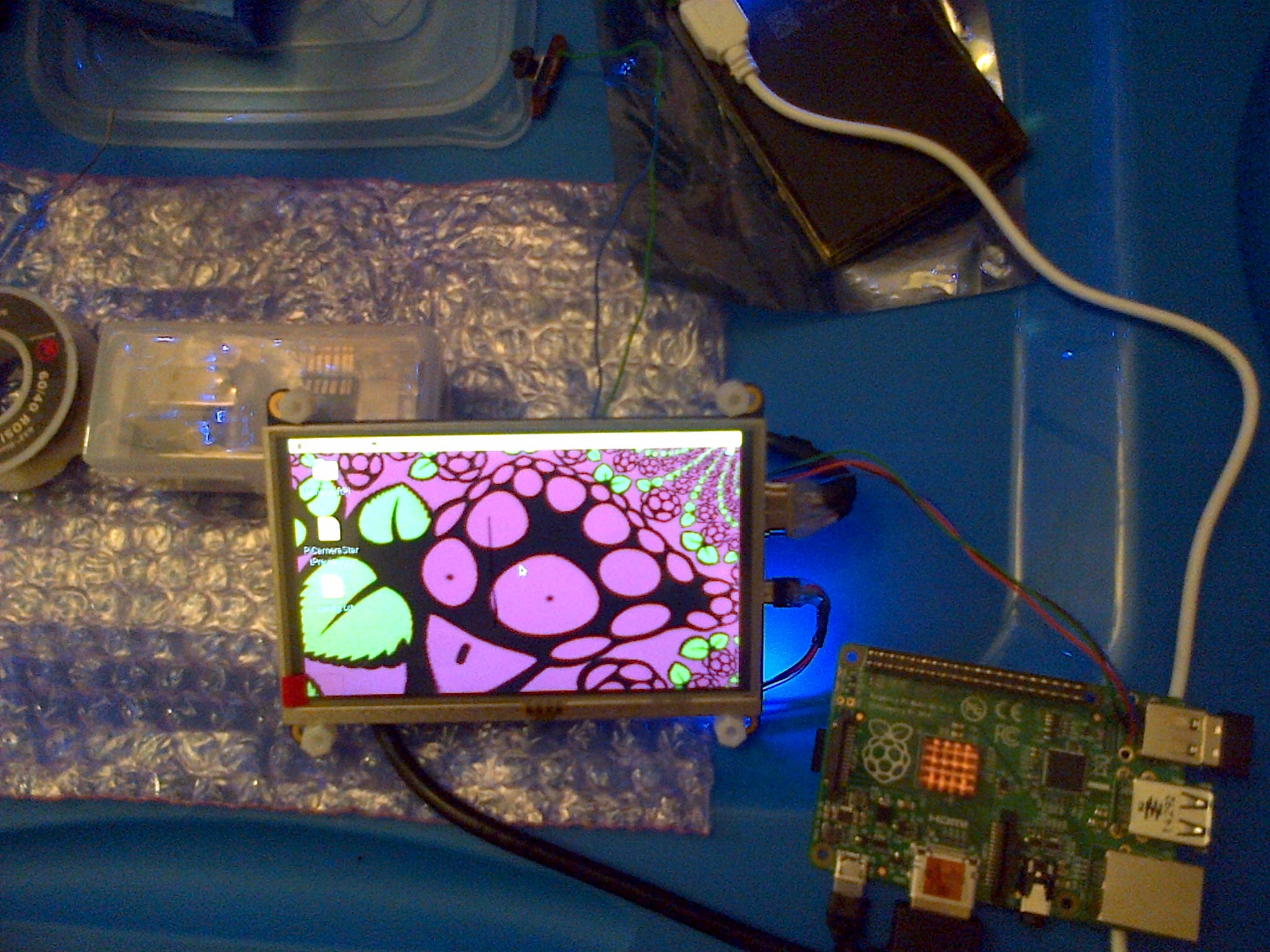
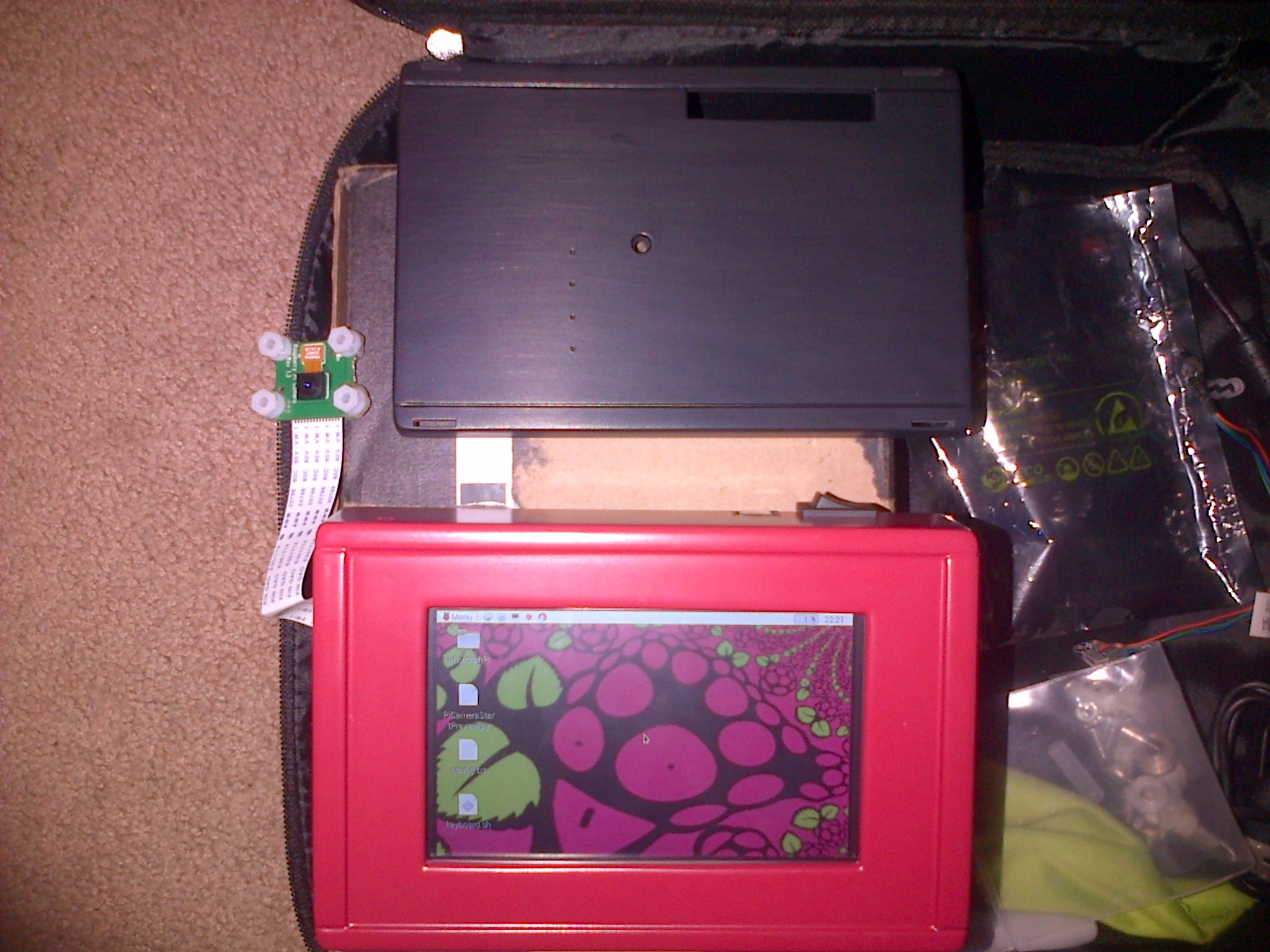
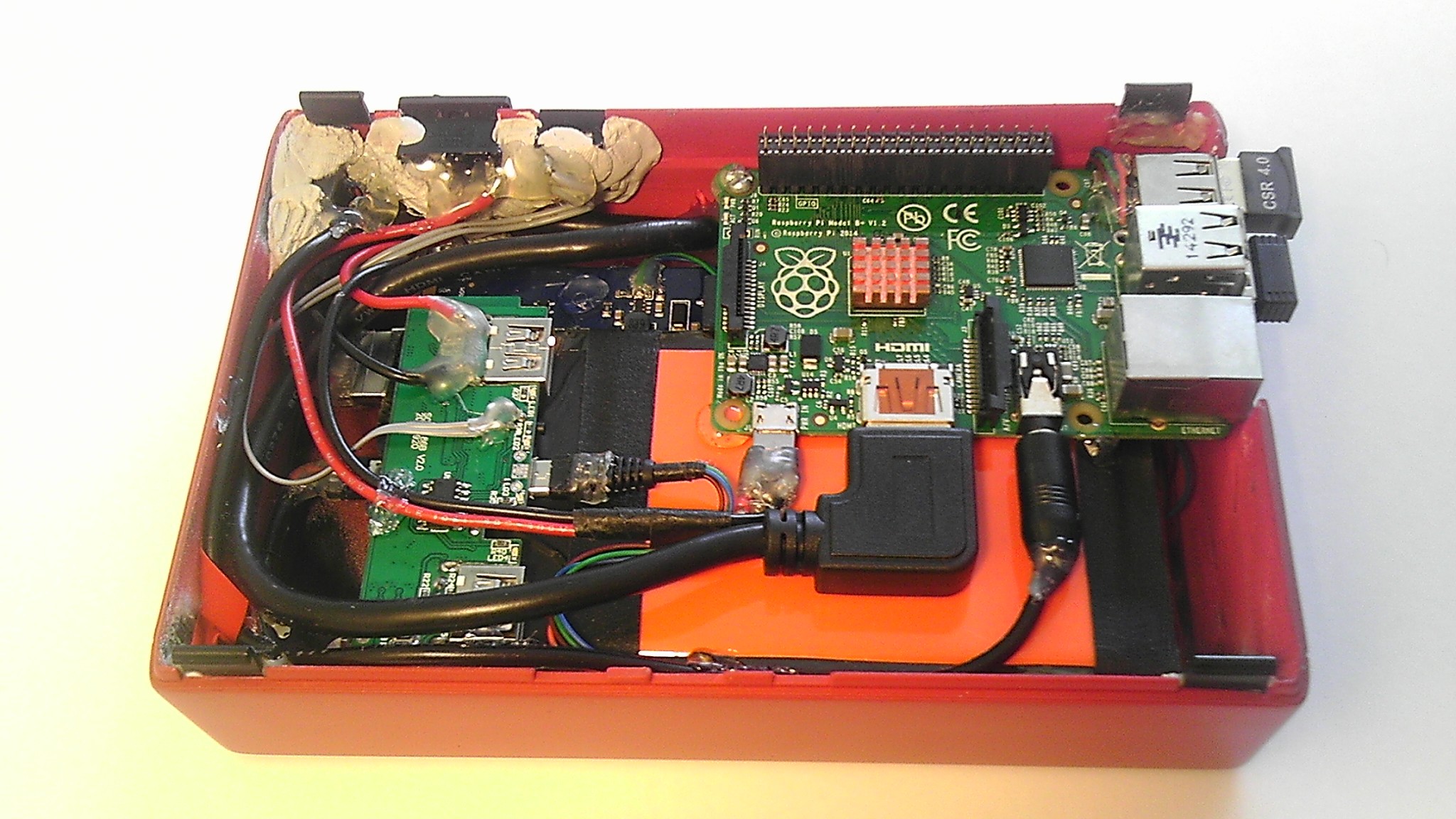
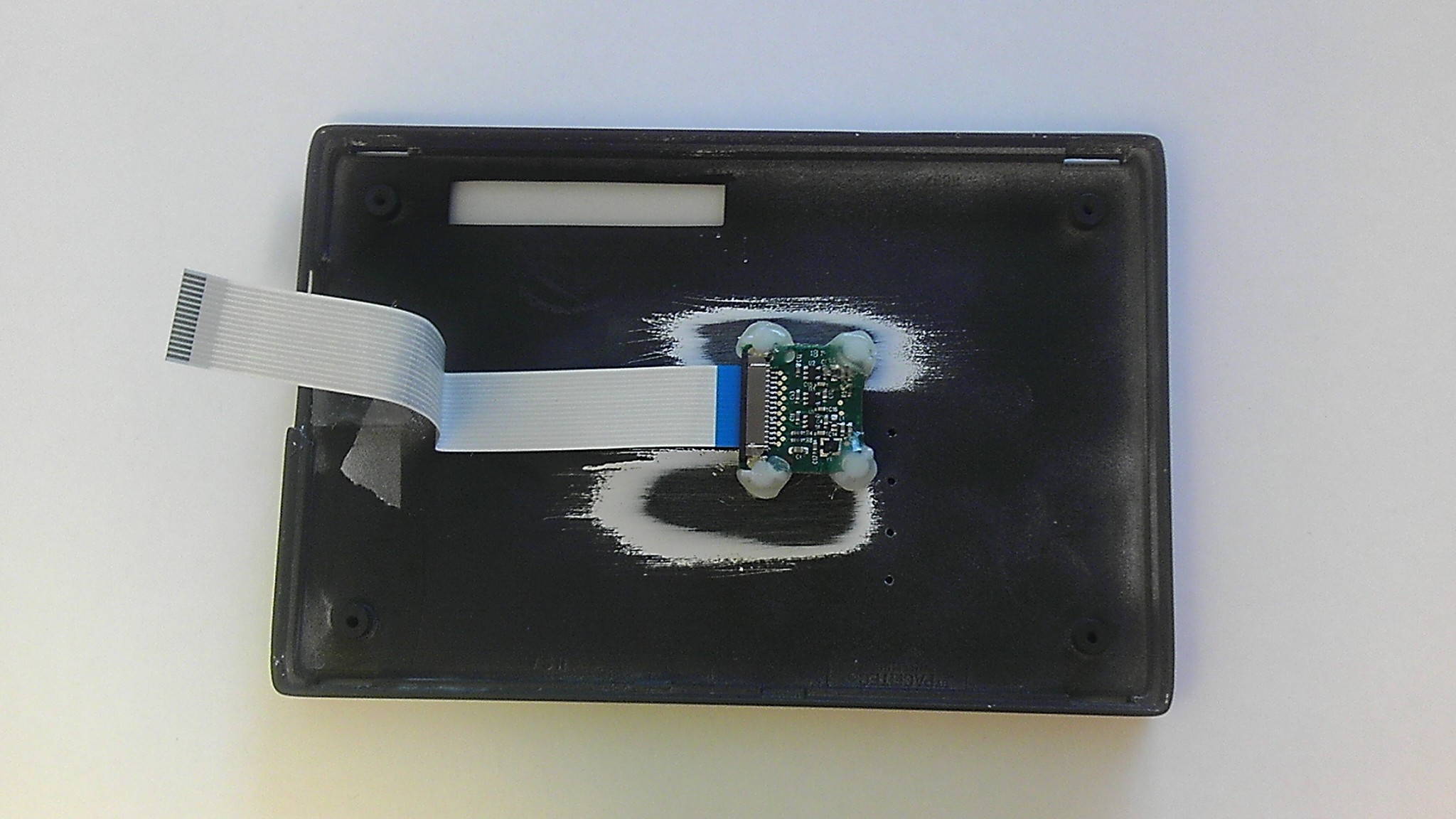
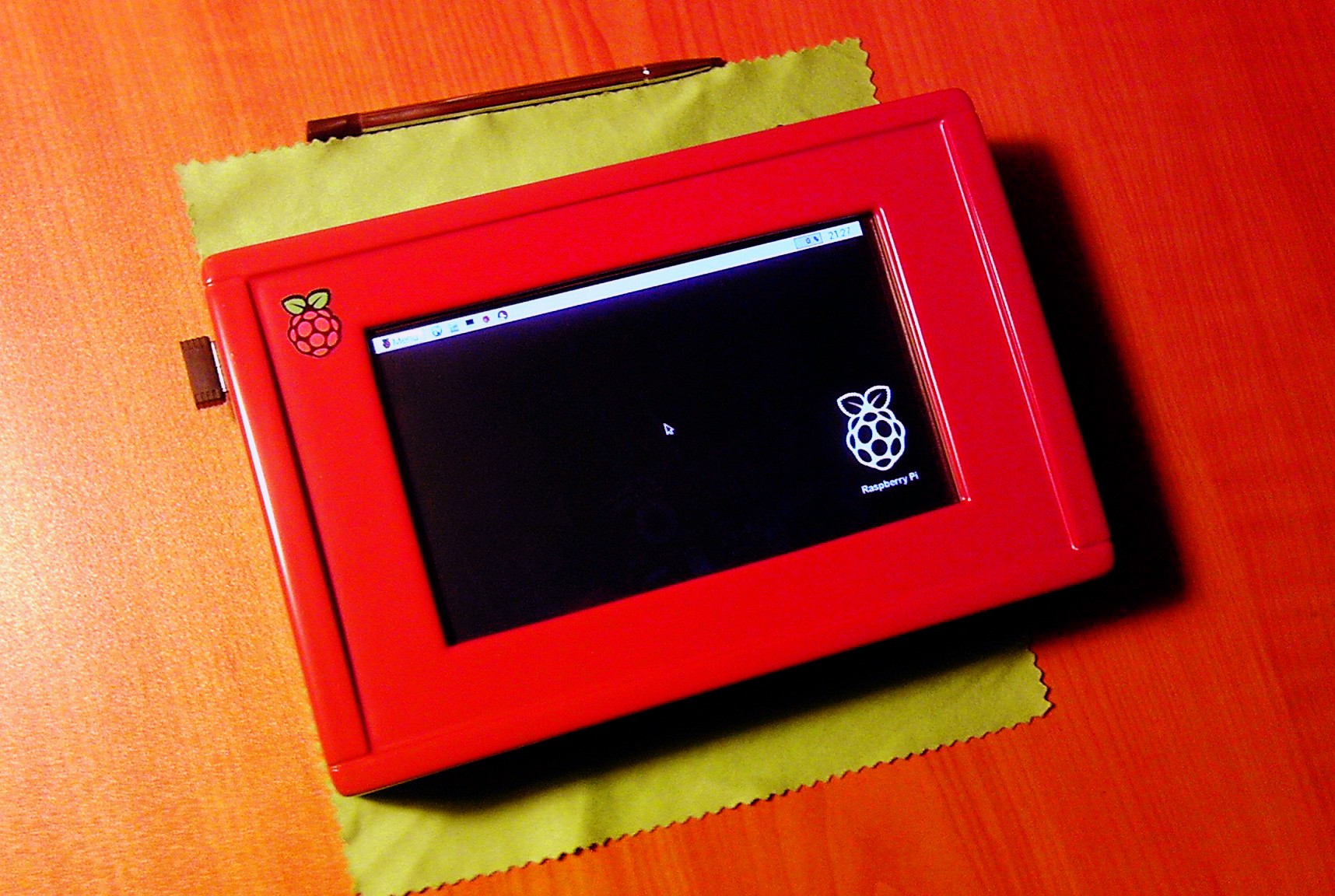
Discussions
Become a Hackaday.io Member
Create an account to leave a comment. Already have an account? Log In.